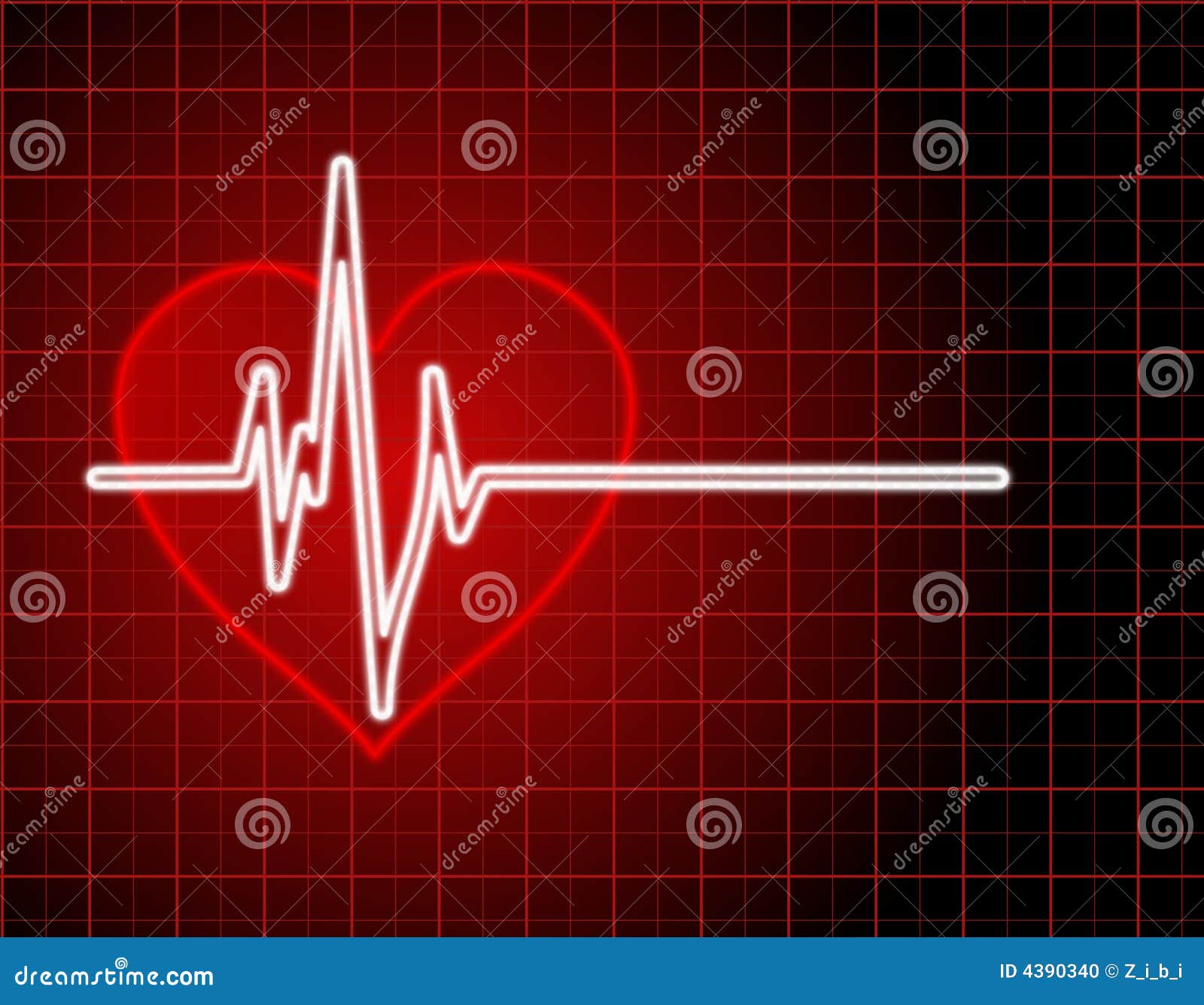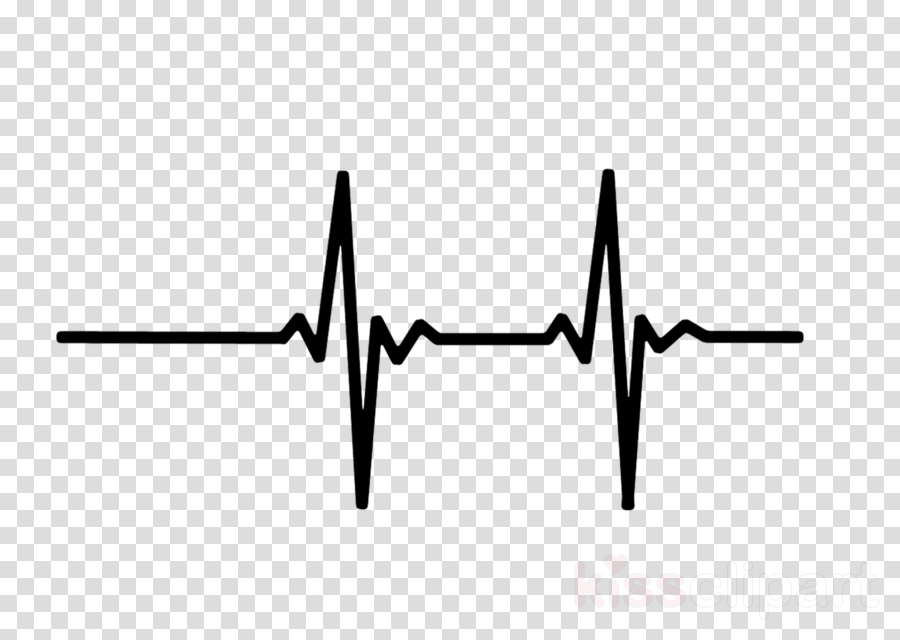
Your doctor can double-check any strange heart readings with a more accurate ECG.įrequently asked questions What is the difference between an ECG and a heart monitor? Take more readings and send the measurements to your doctor via email, if possible.
#HEART MONITOR LINES PORTABLE#
A portable ECG device will give your doctor the detailed information they need to diagnose cardiac issues.įor these reasons, don’t panic if your personal-use ECG gives you an unusual reading. Several smartwatches and other wearable devices can also provide data about your heart health, but these are often limited in their ability to detect abnormal heart rhythms. Personal-use ECGs can also be inaccurate if you have sweat or moisture on your skin, or do not use them exactly as instructed. This means personal-use ECGs pick up electrical signals from your heart but not as accurately as the device your doctor uses.

Clinical or hospital-grade ECGs, on the other hand, use 12 leads, so they’re more sensitive. They may have one or two leads, or points of contact on your body. However, be sure to record any chest pain, rapid heartbeat, or other cardiac symptoms you have during the testing period.Personal-use ECG monitors often give a close reading of your heart rhythm and rate. Make sure to tell the technician that attaches your monitor if you’re allergic to any tapes or adhesives.Ī 24-hour Holter monitor test is painless.
#HEART MONITOR LINES SKIN#
However, the tape or adhesives that attach the electrodes to your skin can cause mild skin irritation in some people. Wearing the Holter monitor itself has no risks involved. This helps your doctor determine if changes in heart activity are related to your behaviors and movements. You’ll be directed to record your activities in a notebook. You’re encouraged to participate in your normal activities during the 24-hour Holter test. It’s important to avoid bathing, showering, and swimming while you’re wearing the monitor.
#HEART MONITOR LINES HOW TO#
You’ll get instructions that explain how to take care of your monitor and what not to do while you’re wearing it. Your doctor will show you how to reattach electrodes if they become loose or fall off during the testing period. It’s important to keep the monitor close to your body during the testing period to make sure the readings are accurate. You wear a small pouch around your neck that holds the monitor itself. The metal electrodes conduct your heart’s activity through the wires and into the Holter monitor, where it’s recorded. The leads connect to electrodes that are placed on the skin of your chest with a glue-like gel.

Several leads, or wires, are attached to the monitor. It’s slightly larger than a deck of playing cards. It can also help them to see why you might be experiencing other symptoms of irregular heartbeat, such as dizziness, faintness, or feeling like your heart is racing or skipping a beat. If you’re already being treated for heart problems, wearing your monitor can help your doctor determine if your medicine is working or if changes need to be made. These irregular impulses may be referred to as arrhythmias or abnormal heart rhythms.

The recordings made by the monitor help your doctor determine if your heart is getting enough oxygen or if the electrical impulses in the heart are delayed or early. The Holter monitor lets your doctor see how your heart functions on a long-term basis. Monitoring for a longer period of time is necessary to record these events. You may experience heart rhythm irregularities that don’t show up at the time the EKG is done because you’re only hooked up to the machine for a very brief amount of time.Ībnormal heart rhythms and other types of cardiac symptoms can come and go. During an EKG, electrodes are placed on your chest to check your heart’s rhythm. It’s also used to look for other abnormalities that may affect normal heart function. An EKG is a medical test that’s used to measure your heart rate and rhythm.


 0 kommentar(er)
0 kommentar(er)
